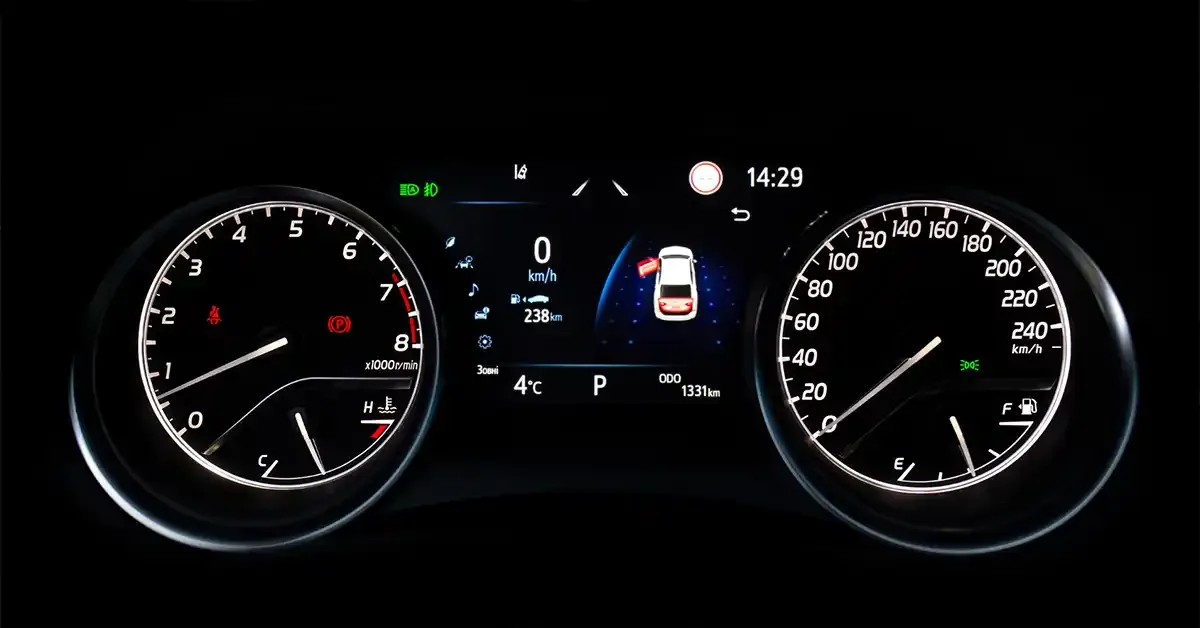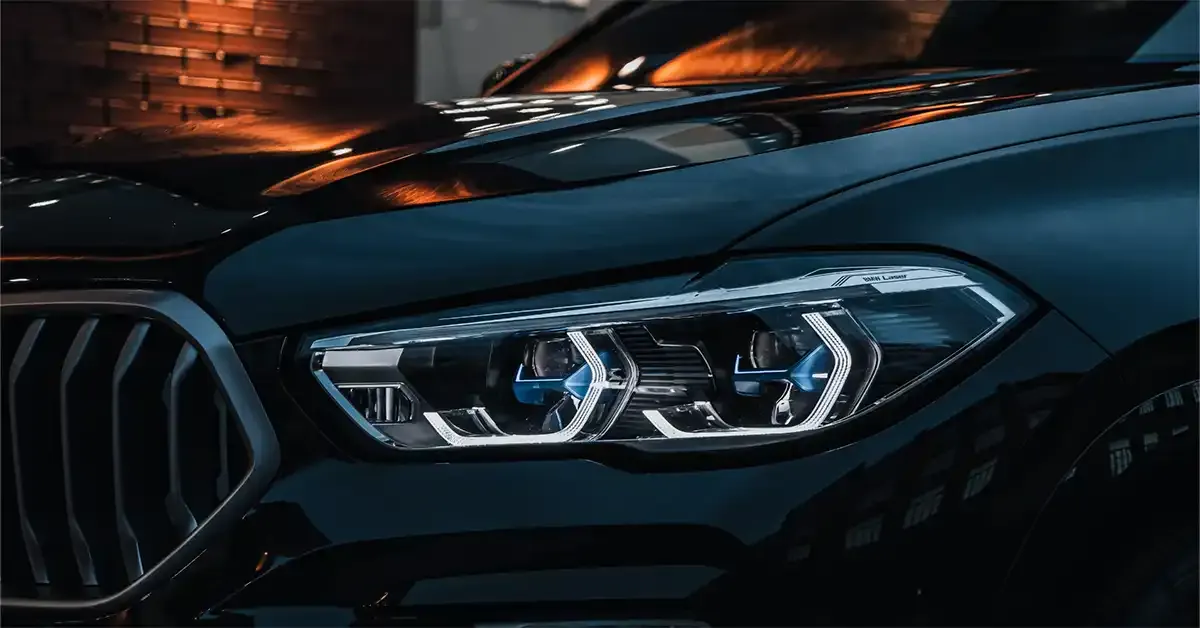Why the German Auto Industry is in Deep Crisis

Authored by Alexander B.
Published at:
The German automotive sector maintained its leadership position in the worldwide industry for decades. Mercedes-Benz, BMW, Volkswagen and Audi serve as symbols of engineering innovation along with automotive prestige for the world. Recent years have introduced noticeable problems to the previously powerful automotive sector of Germany. The German automobile industry stands today in the midst of its strictest historical challenge because multiple complex factors surface.
The car industry sector experiences difficulties in retaining its past leadership position due to three main challenges: delayed EV implementation, supply chain obstacles and intensifying competition from China as well as technical barriers. Is it still possible for them to reverse their decline before the industry reaches a vital point?
The EV Transition: Germany's Late Move
One of the biggest challenges facing German carmakers is their slow transition to electric vehicles. While Tesla and Chinese automakers like BYD were pushing EV innovation, German brands hesitated. They continued focusing on internal combustion engines (ICE) and hybrid models, underestimating how fast the global market would shift towards full electrification.
Volkswagen, for example, attempted a major EV push with its ID series, but software issues, delays, and quality concerns damaged its reputation. BMW and Mercedes-Benz, traditionally strong in luxury and performance, have struggled to create EVs that stand out in a rapidly growing and competitive market.
Meanwhile, Chinese brands are dominating the affordable EV market, and Tesla continues to set benchmarks in performance, software, and charging infrastructure. Germany’s slow adaptation means it’s playing catch-up in a game it once led.
Rising Competition: China and the U.S. Take Over
China, now the world’s largest EV market, has flipped the script on German manufacturers. For years, Germany dominated China’s premium car market, but now, Chinese automakers are not only producing high-quality EVs at lower prices, but they are also expanding aggressively into Europe.
BYD, NIO, and XPeng are rolling out technologically advanced, affordable, and government-supported electric vehicles that directly compete with German offerings. On the other hand, Tesla, with its Berlin Gigafactory, is becoming a more localized and serious threat.
The result? German brands are losing ground both internationally and domestically. They are facing a double threat—losing Chinese consumers to local brands while struggling to maintain dominance in Europe and North America.

Supply Chain Issues and High Production Costs
Another major problem hitting German automakers is the ongoing supply chain crisis. The COVID-19 pandemic, semiconductor shortages, and disruptions caused by geopolitical tensions have made it harder for companies to maintain production efficiency.
Unlike Tesla, which has vertically integrated many of its manufacturing processes to reduce reliance on external suppliers, German companies are heavily dependent on complex global supply chains. This has led to production slowdowns, higher costs, and delays in delivering vehicles to customers.
Moreover, Germany’s high labor costs and strict environmental regulations make production more expensive compared to Asian and American competitors. As companies seek ways to cut costs, some have considered moving production outside of Germany, which could further weaken the country's automotive dominance.
Government Policies: A Double-Edged Sword
Germany’s green policies and EU-wide regulations on carbon emissions have put immense pressure on traditional automakers. While these regulations aim to push the industry toward sustainability, many German brands have struggled to keep up.
- The EU's ban on new petrol and diesel cars by 2035 forces companies to accelerate EV production, even if they aren't fully prepared.
- Strict CO2 emission targets mean heavy fines for brands that fail to meet the requirements.
- Subsidy cuts for EV buyers in Germany have reduced demand for electric cars, making it even harder for local automakers to compete with Chinese and American rivals.
While the push for sustainability is necessary, German carmakers feel caught between policy pressure and market realities. The transition is costly, and the industry is struggling to adapt fast enough to meet the new standards while remaining profitable.
Software Problems: The New Battleground
Modern cars aren’t just about engines and performance anymore—software is now just as important. This is another area where German manufacturers are falling behind.
Tesla set a new standard with over-the-air (OTA) updates, which allow cars to improve and gain new features long after they’ve been sold. Chinese automakers have followed suit, integrating high-tech infotainment systems, AI-driven driving assistance, and seamless digital experiences.
Meanwhile, Volkswagen, Mercedes, and BMW have faced major issues with their software development. Delayed software rollouts, buggy interfaces, and outdated user experiences make their cars feel behind the curve compared to their rivals.
The automotive industry is shifting toward a "software-defined vehicle" model, and Germany is struggling to keep up. If brands don’t invest heavily in AI, connectivity, and digital innovation, they risk becoming irrelevant in the next decade.

Can Germany Recover?
Despite these challenges, it’s too early to count Germany out. These companies still have world-class engineering, strong brand loyalty, and massive global influence. However, to stay competitive, they need to:
- Fully commit to EVs—No more half-measures with hybrids and delayed electric rollouts.
- Prioritize software innovation—Invest in tech that enhances user experience and keeps cars relevant post-purchase.
- Reduce production costs—Find ways to streamline manufacturing without sacrificing quality.
- Strengthen their position in China—Either through partnerships or better localized strategies.
- Adapt to AI-driven trends—From self-driving advancements to smart vehicle connectivity.
The German auto industry has the resources and expertise to bounce back, but it needs to move fast. The market is evolving rapidly, and those who fail to keep up risk becoming the next Nokia of the automotive world.
Final Thoughts
The automotive industry within Germany struggles through its largest crisis in history though the end is still ahead. The company confronts major problems from EV transition delays and Chinese market competition and software bugs together with supply chain challenges yet maintains possibilities for progress.
The success of automotive industries depend on the speed and quality of their legendary brands' transformation activities. The automotive industry will determine whether Germany retains global leadership or gives up dominance in the emerging era of vehicle mobility. The upcoming years will establish Germany’s automotive market position within the upcoming future of the industry.
Category industry
Share





